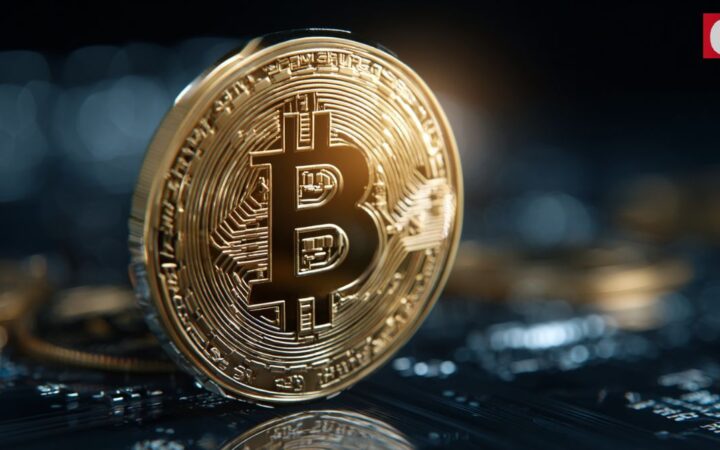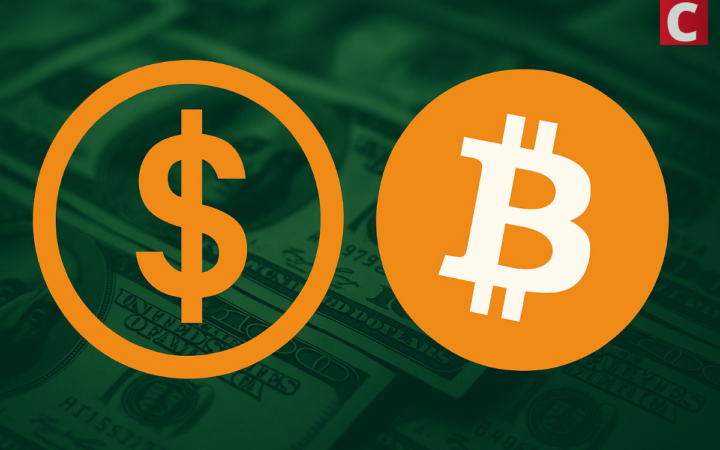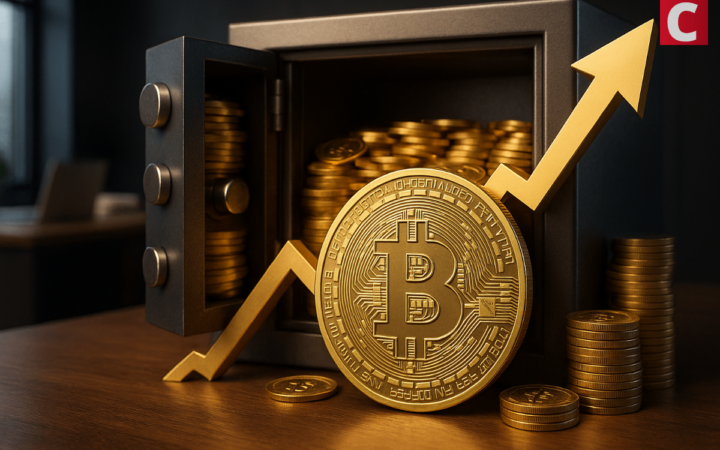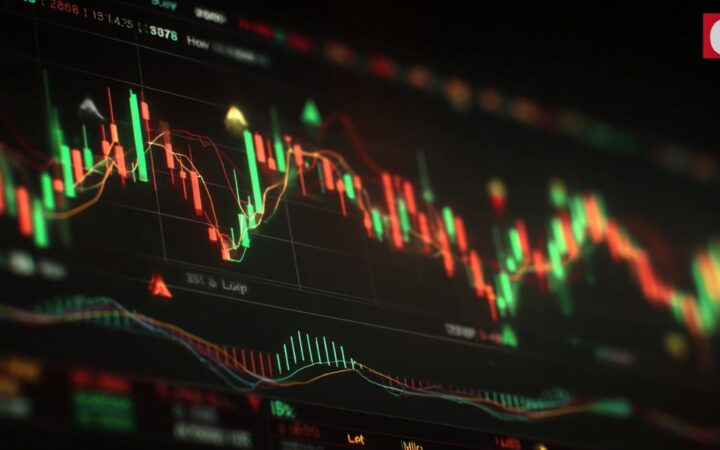
Please check out latest news, expert comments and industry insights from Coinspeaker's contributors.
If you’re looking into a new token or crypto platform, a white paper is essential. If you can’t find it even when they say there’s one; or if it’s poorly written and/or it doesn’t clearly describe every detail about the project, then you have some big red flags there.
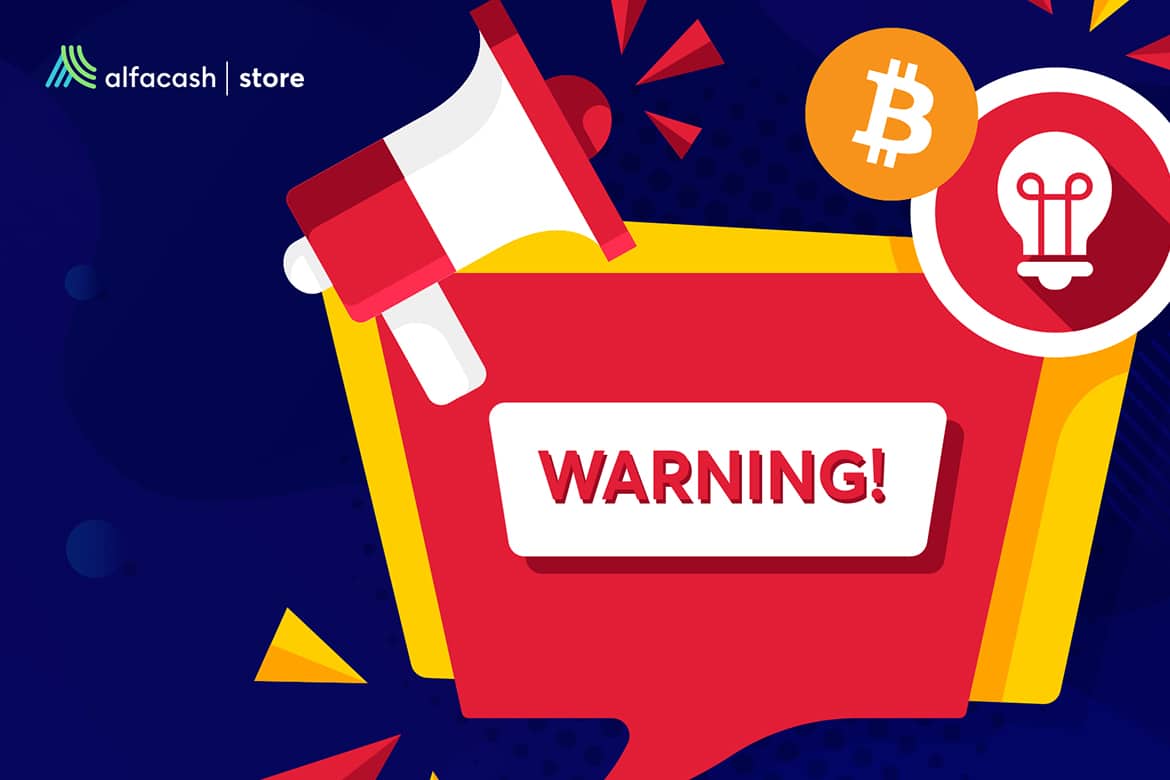
There are over 18,500 cryptocurrencies according to the data by CoinMarketCap, and probably more are coming. It’s very likely that most of them fail, though, and even a nice percentage could be scams. Luckily, there are several red flags to tell them apart from legit projects.
The problem with cryptocurrency is simple: its strengths can be its weaknesses too. Decentralization lets anyone inside this world, even scammers and black hat hackers. Anyone can make cryptocurrencies and other related crypto-projects, like Initial Coin Offerings (ICOs) or crypto exchanges, without requirements or supervision of any kind.
That’s why it’s crucial to pay attention before putting money into something. Let’s check some important red flags.
Everybody loves the huge return of investments (ROI) or great annual yield percentages (APY). In other words: you put a tiny investment to receive a gigantic return in no time. Some high-risk DeFi projects could allow this for a bunch of experienced and lucky investors (who could have lost everything as well), but these big promises are usually an illusion to lure naïve victims.
Several malicious schemes fit into this category. Fraudulent auto-trading, where they promise juicy percentages from bots making crypto trading automatically. Fake tokens that offer inexplicable profits after buying. Cloud mining services describing how they make large amounts after mining with the equipment you’ll never see. People on social media making giveaways only after receiving cryptos, and so on.
All of them are based on fake promises, so, this red flag is the classic “too good to be true”. Especially if the team behind the project is unknown. That characteristic isn’t always bad (see Satoshi Nakamoto for references), but it can be a red flag in an already suspicious project.
The scammers aren’t usually very good with grammar, design, and technical details. They don’t have the funds to pay for that, so they work only with the knowledge they have. Very simple websites with grammatical errors and missing links are an easily recognizable red flag in any crypto project. You should look especially to the bottom bar, where you can commonly find terms of use, about us, blog, roadmap, social media, and other resources. If there’s only some or none of it, something’s fishy there.
If you’re looking into a new token or crypto platform, a white paper is essential. If you can’t find it even when they say there’s one; or if it’s poorly written and/or it doesn’t clearly describe every detail about the project (tokenomics, roadmap, blockchains used, inner workings, funds, etc.), then you have some big red flags there.
It’s indispensable to look for previous reviews before transferring cryptos to anyone or buying any kind of new token. Never trust only the reviews or testimonials shown by the same source of the project and neither in the ones that appear on ads. You should look on social media and external platforms dedicated to reviews – like TrustPilot or Scam Adviser.
Overpromotion is another big red flag. If you’re seeing something everywhere repeatedly, then it’s obvious that they’re in need to pay for those ads. This could be because they’re relatively new in the market, because they’re losing customers due to recent polemics, or simply because they’re trying to convince people that they’re legit (when they’re not).
If that overpromotion includes suspicious data or fake news, it’s even worse. For example, fraudulent articles about celebrities adopting their platforms, when that never happened.
On Alfacash Store, the users can buy and sell over 19 cryptocurrencies with EUR. This is the fastest and safest way to trade digital currencies in the European Union, and we’re constantly improving our services. The platform offers SEPA transfers for incoming and outgoing payments with cryptocurrencies in a fully non-custodial, regulated, and automatic process.
And while the platform might not be as popular as Binance and the likes, it supports most of the popular cryptocurrencies like Bitcoin, Ethereum, XRP, USDC, USDT, DOGE, etc. Alfacash Store has set out to become the most convenient way for providing financial services to everyone regardless of their location.
To experience their advantages and more nice surprises for yourself, visit Alfacash Store now!

Please check out latest news, expert comments and industry insights from Coinspeaker's contributors.
